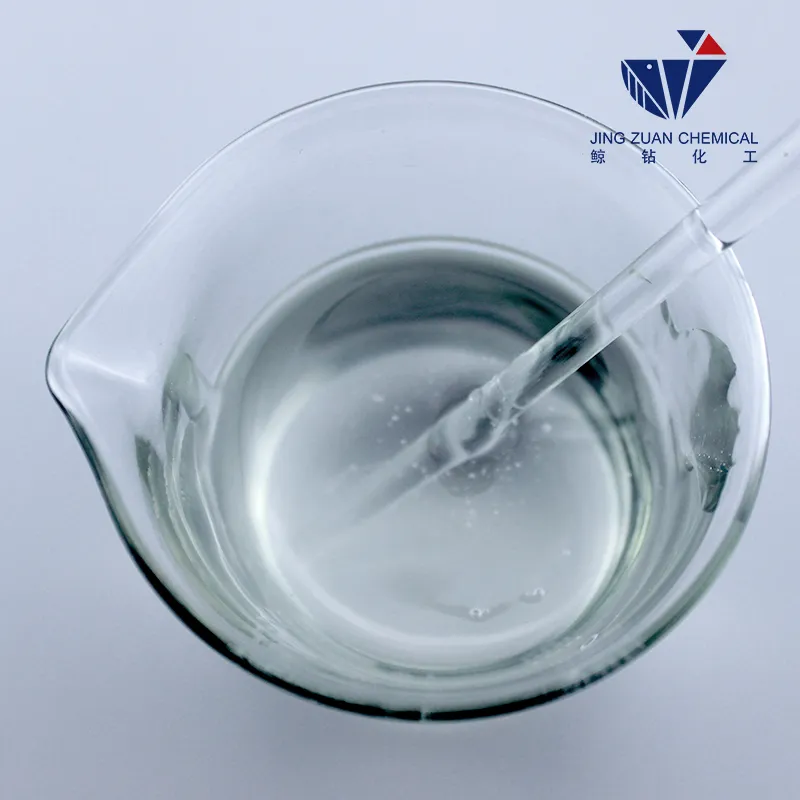
Dec . 04, 2024 16:02 Back to list
Production of Methyl Hydroxyethyl Cellulose for Various Applications
The Role of Methyl Hydroxyethyl Cellulose in Modern Industries
Methyl Hydroxyethyl Cellulose (MHEC) is a vital compound extensively utilized in various industries, including construction, food production, pharmaceuticals, and personal care. MHEC belongs to the family of cellulose ethers, which are derived from natural cellulose sources. With its unique characteristics, MHEC serves multiple functionalities, making it an essential component in numerous applications.
Chemical Structure and Properties
MHEC is formed by the chemical modification of cellulose, where methyl and hydroxyethyl groups are introduced to the cellulose chain. This modification imparts several advantageous properties to MHEC, such as water solubility, thickening, and gelling capabilities. The degree of substitution, which indicates the average number of substituent groups per glucose unit, plays a crucial role in determining the viscosity and solubility of MHEC in various solvents.
MHEC is known for its excellent binding capacity and ability to retain moisture, making it invaluable in applications that require stability and consistency. Its non-ionic nature ensures compatibility with a broad range of formulations, enabling the creation of products that are effective and reliable.
Applications in the Construction Industry
One of the most significant applications of MHEC is in the construction industry, where it is used as a thickening and water-retaining agent in cement-based formulations. MHEC enhances the workability of mortars and pastes, ensuring that they adhere well to surfaces and maintain their performance during application. This property is particularly crucial in tile adhesives, leveling compounds, and grouts, where adhesion and flexibility can significantly impact the durability and aesthetics of finished surfaces.
Additionally, MHEC improves the open time of mortars, allowing builders to work at a more leisurely pace without compromising the quality of their work. Its water retention capabilities also help prevent cracking and shrinkage of drying materials, which contributes to the longevity of construction projects.
Food Industry Applications
mhec-methhyl hydroxyethyl cellulose factory

In the food industry, MHEC is used as a food additive due to its ability to function as a thickener, stabilizer, and emulsifier. It is commonly found in the production of sauces, dressings, and dairy products, where it helps to maintain texture and prevent separation. MHEC’s ability to bind water ensures that products remain moist and appealing to consumers.
Furthermore, MHEC is also utilized in gluten-free baking, where it helps to improve the texture and moisture retention of gluten-free flour mixtures. By incorporating MHEC, manufacturers are able to create gluten-free products that mimic the texture of traditional baked goods, providing a better experience for those with dietary restrictions.
Pharmaceutical and Personal Care Applications
In the pharmaceutical industry, MHEC is frequently employed as a binder and coating agent in tablet formulations. Its properties allow for controlled release of active ingredients, enhancing the efficacy of medications. MHEC also plays a crucial role in the production of suspensions and emulsions, ensuring uniform distribution of active components.
In personal care products, MHEC is valued for its thickening and emulsifying properties. It is commonly used in lotions, creams, and gels, contributing to the overall texture and performance of these products. The hydrophilic nature of MHEC allows it to retain moisture, making it an excellent choice for skincare formulations aimed at hydration.
Environmental Considerations
As industries increasingly seek sustainable alternatives, MHEC stands out due to its natural origins and biodegradable characteristics. Being derived from cellulose, it offers a more environmentally friendly option compared to synthetic polymers. Manufacturers are also exploring ways to create MHEC using renewable resources, further enhancing its sustainability profile.
Conclusion
Methyl Hydroxyethyl Cellulose is a multifunctional compound that plays a crucial role across various industries. Its unique properties enable it to serve as a thickener, stabilizer, binder, and emulsifier in products ranging from construction materials to food and personal care items. As industries continue to advance towards sustainability, MHEC’s natural origins and versatility place it at the forefront of innovative solutions. With ongoing research and development, the applications of MHEC are likely to expand, meeting the evolving needs of modern consumers and industries alike.
-
Versatile Hpmc Uses in Different Industries
NewsJun.19,2025
-
Redispersible Powder's Role in Enhancing Durability of Construction Products
NewsJun.19,2025
-
Hydroxyethyl Cellulose Applications Driving Green Industrial Processes
NewsJun.19,2025
-
Exploring Different Redispersible Polymer Powder
NewsJun.19,2025
-
Choosing the Right Mortar Bonding Agent
NewsJun.19,2025
-
Applications and Significance of China Hpmc in Modern Industries
NewsJun.19,2025







